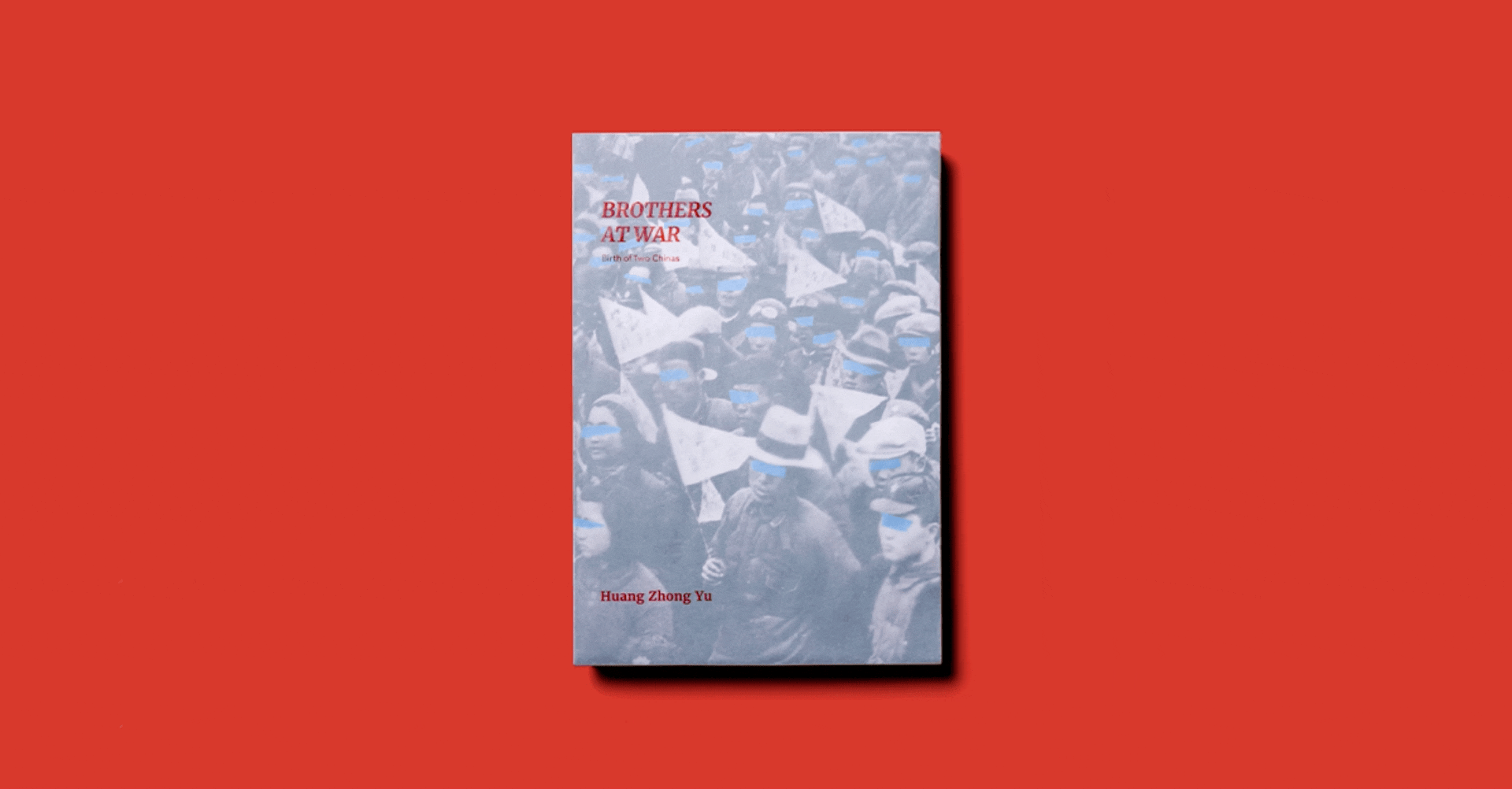The Virtual Exhibition of the Original Barbie
Lilli: Behind the Plastic
Overview
Before Barbie became a surgeon, astronaut, or marine biologist, she was Lilli, a German comic-strip character representing the post-war ideal woman—independence, flirtatiousness, and unapologetic confidence. This interactive digital exhibition, hosted on the Brooklyn Museum website, will uncover the doll’s undisclosed past, revealing the transformation from Lilli to the beloved figure, Barbie.
Insight
Based on the popular comic in the tabloid newspaper Bild, the Lilli doll debuted in Germany in 1955. Embodying the ideal post-war woman, Lilli was independent yet valued marriage, flirtatious, selective with men, youthful, attractive, and confidently showcased her body. Unlike her American successor, the Lilli doll was not marketed to children and was sold at newsstands rather than toy shops. During a 1956 vacation, Mattel co-founder Ruth Handler encountered the doll and brought three back home. Three years later, after making some minor tweaks, Mattel released the first Barbie in 1959.
Brand Concept
To capture the enigmatic essence of Lilli, this digital exhibition employs solid colors in irregular forms. These colors symbolize reality, while the shapes represent the intricate misconceptions surrounding Lilli, who was often misunderstood as merely a sexualized figure due to translation gaps from the original comic. Additionally, elements inspired by Barbie are utilized to evoke familiarity and engagement.
Industry
Arts & Culture
Advertising, Art Direction, Audience Research, Branding, Copywriting, Creative Strategy, Digital Exhibition Design, Logo Design
Role
UX Design Award 2025 Nominee
World Brand Design Society 2024 - 2025 Commended
Awards
An Immersive Hands-On Experience of Transforming the Lilli Doll
In the 'Lilli Doll Hit the Shelves' section, visitors can immerse themselves in a playful experience of changing the doll's outfit and transforming the illustration into a doll. This section invites hands-on exploration and highlights the striking similarities between Lilli and Barbie. Both dolls boast an extensive array of wardrobe choices and miniature dollhouses, emphasizing the evolution and shared fashion legacy of these iconic figures.
Transforming the Lilli Doll to Barbie
This section showcases the introduction of Barbie and marks the gradual phasing out of Lilli. Here, visitors have a unique opportunity to transform Lilli into Barbie, symbolizing the progression through time.
Advertising Strategy
The ad campaign aims to showcase the exhibition's interactive features and unveil Barbie's undisclosed past. The strategic choice of subway digital screen advertising is driven by the goal of reaching a diverse audience in high-traffic urban environments. This decision ensures extended exposure, allowing people to engage with the ads during wait times. The medium also offers a cost-effective way to direct traffic to the online exhibition through QR codes on each ad. The tagline 'The story of Barbie is also the story of…' aims to establish a connection between Lilli and Barbie, accompanied by a descriptor that offers a fun fact about Lilli to pique people's interest in visiting the exhibition.








